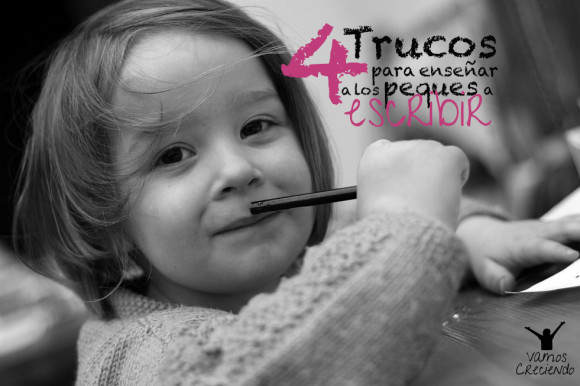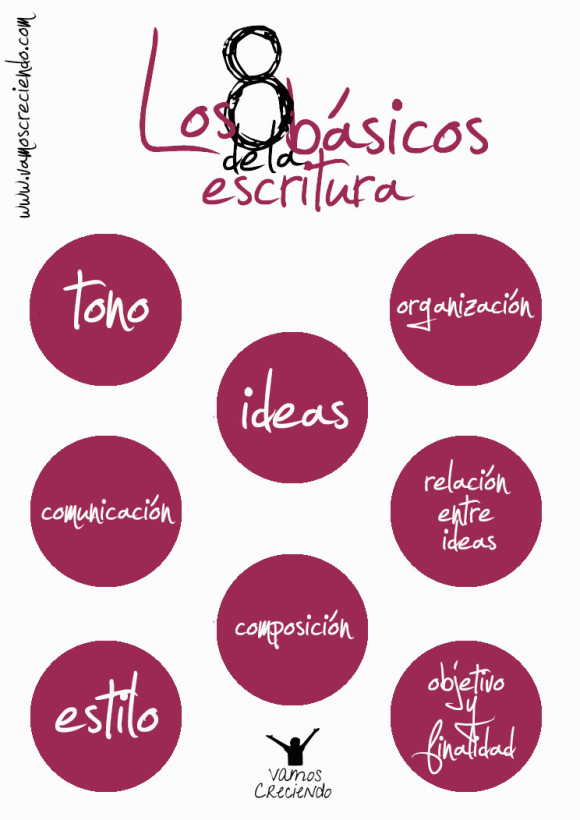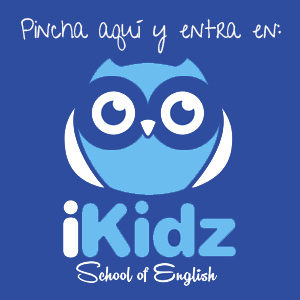The course has just begun, and certainly there are many teachers who are just out of college begin their wanderings in this wonderful world.
I am convinced that most of these new, and not so new teachers, they are now looking for resources to teach certain skills than, however much they work in textbooks, do not the way we would like.
In today's post, I will specifically address the issue of the writing. First, because it is one of the issues that most concern not only teachers, but also parents. Y, in second place, because this year the kids who have grown up with me, go to first grade, and I hope this helps a little to their moms and dads.
We start?
Then teachers, What we need in our classrooms to make the arduous journey of learning to write more bearable?
1. Writing Corner or workshop for writers.
We are so accustomed to the classroom libraries. Reading is very important, both parents and teachers as we make every effort to encourage kids. But, What about writing? Why not ride a writing center like we set up a classroom library or reading corner?
If the kids there as an associate "Meeting" to write and develop ideas, It will be much easier for us to encourage them to do so.
It's as easy as putting a table with several chairs, a wall that we hang on the activities carried out and the kids are ready! We have our corner writing!!
2. The "must" of writing.
It is essential that the kids know what the basic writing. We must explain what characteristics or traits must develop writers to write their works. I have prepared a poster with which I consider these basic, but, of course, you can prepare yours, and even do it with your students. Surely if you do them because they love them fully involved in the design and preparation of the corner or workshop for writers.
Logically, we adapt these "core" to the age of the kids with whom we are working. With the kids in 1Th primary work simple little things like ideas, the organization, the object and purpose. And as we go increasing of course continue with more complex concepts such as tone and style.
The important thing is that the poster you to prepare your kids to be in a prominent position in your corner or writing workshop for writers, so that when you write something repaséis together if you meet the basic "should".
3. Writer's Notebook.
The Notebook writer is nothing more than a notebook dedicated to write, or exercises, and vocabulary lists, only activities related to writing. On the Internet you have many templates, although ideally you to prepare yours.
Begin with simple activities that encourage kids and prepare them for writing. You can, for example, ask them to write what they like from school and home. Ideas only associated with a drawing, because you have not started writing sentences. Later, ask them to write down why they like these things. So they slowly you go "complicating" the activity, while you explain to them the basics we've seen before: how they should be related ideas, how we should organize, etc.
This book writer need not be a notebook itself. You can go by tabs along the course, and end them together to create your own notebook. Encuadernadlas with a bow and sure love it! 😉
4. Checklist.
Personally, I am very much in favor of that the kids are autoevalúen. I think it's great that themselves have an idea of what they should and should not do, and how you should do. Obviously, always under our "control" but it is good that you ask me how to think is what they have done and what they think could be done to improve.
A very good way to self-assess what is being written by preparing one checklist or list of features that your text should be. This way all you have to do is go reviewing points, noting those who have served and those who do not. Further, this way, learn how to edit your text, which is essential not only for their current exercises, but for future.
You can play to assess your own text, that of their peers or even a your.
Your list or checklist It depends much that ye working. I leave you a basic that you can use with kids in primary 1.
- I begin my sentence with a capital.
- Leave a space between words.
- Correctly punctuate every sentence.
- Write clearly, so that they understand what it says.
- My sentences make sense.
I hope these little tricks you serve and, above all, motivate your students.
Id telling how they work and if you have more ideas on this subject that I would be happy the contarais.
Thanks for being there!
“Education is not filling a bucket but lighting a fire.”
William Butler Yeats
Tags: writing, estilo, ideas, organización, means, Rincón de escritura, Taller para escritores, tono




 Español
Español English
English Français
Français Deutsch
Deutsch 中文(简体)
中文(简体) Português
Português

Muchísimas gracias por estos grandes consejos!!!! A ver si consigo poder ponerlos en práctica!! Ya te iré contando.
A big kiss
Not at all White!
Si tienes cualquier consulta ya sabes 😉
A big kiss